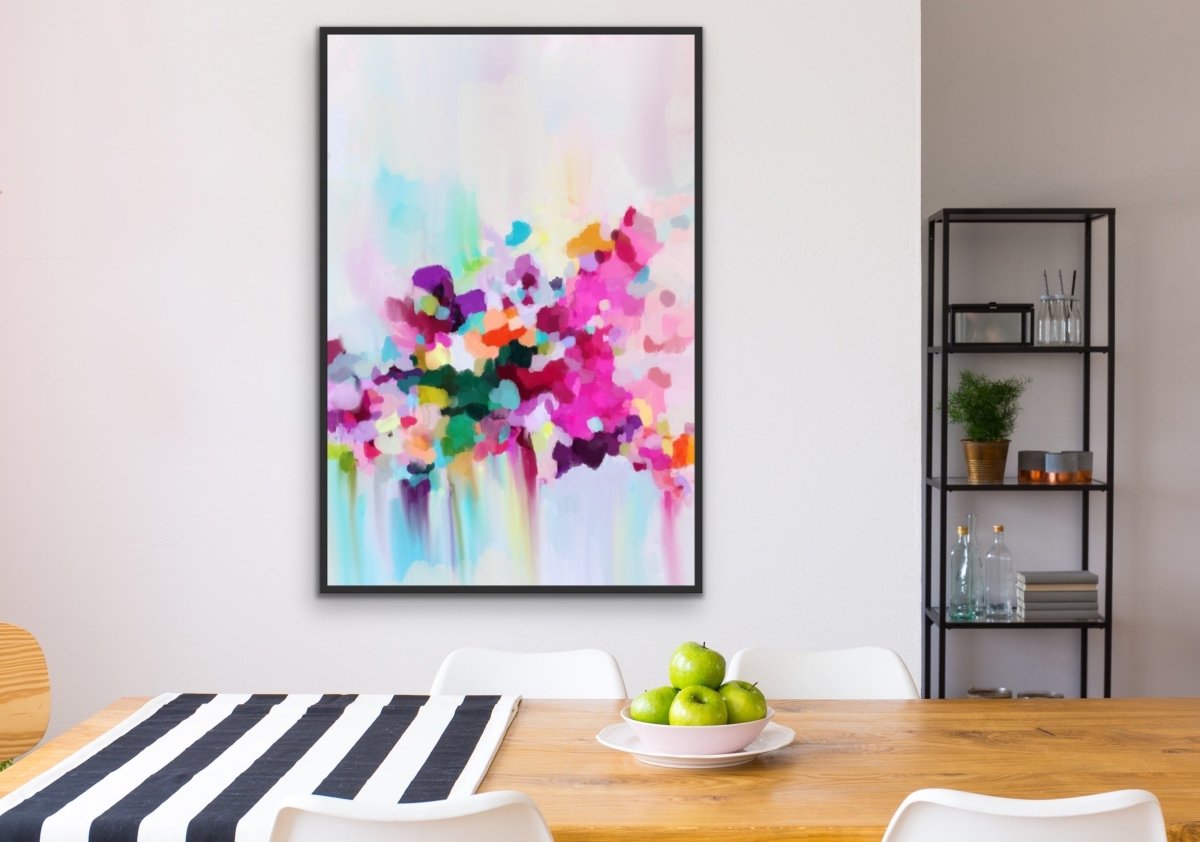Using Natural Light in Photo Wall Displays: A Photographer's Guide
For professional photographers, the art of presenting photographs is as crucial as capturing them. One of the most compelling ways to display your photography is through photo wall displays, and there's nothing quite like using natural light to enhance the beauty of these displays. The interplay of light and shadow can transform a simple photo wall into a dynamic and inviting space.
Natural light offers a spectrum of benefits when it comes to showcasing your photographic work. It has the unique ability to bring out the vividness of colors and the depth of contrasts, providing an organic and authentic feel to your displays. As a professional photographer, understanding how to manipulate and maximize natural light can significantly elevate the impact of your photo wall displays.

Why Natural Light is Essential for Photo Displays
The idea of using natural light in photo wall displays is not just about aesthetics; it's about creating a viewing experience that resonates with viewers. Natural light provides a soft, warm glow that artificial lighting often lacks. It can make your photos appear more vibrant and lifelike, drawing the viewer's attention effortlessly.
According to an article on Mediaclip, incorporating natural elements in home decor, including natural light, can enhance the overall ambiance and appeal of a space. For photographers, this translates to a more immersive and engaging photo wall display.
Maximizing Natural Light
To make the most of natural light in your photo wall displays, consider the direction and quality of light entering your space. North-facing windows offer consistent lighting throughout the day, while south-facing ones provide bright light ideal for highlighting bold and vibrant images.
Adjusting the time of day for viewing can also impact how your photo wall is perceived. Morning light can create a soft and welcoming atmosphere, while the golden hour in the evening can add warmth and depth to your displays. Experiment with different times to see how the mood of your photo wall changes.
Choosing the Right Space
The placement of your photo wall is pivotal in making the most of natural light. A location that receives ample daylight without direct sunlight will help prevent glare and fading of your photographs. Utilize spaces such as living rooms or hallways where natural light is abundant yet diffused.
When planning your photo wall, consider creating no-frame photo wall displays to allow for a more seamless integration with natural light. The absence of frames can reduce shadows and reflections, offering a cleaner presentation.
Creative Techniques to Enhance Photo Walls
Incorporating creative techniques can further enhance the impact of natural light on your photo wall displays. For instance, using reflective surfaces can amplify the light and create interesting visual effects. Mirrors or glossy finishes on walls can bounce light around the room, enhancing the overall brightness.
Another technique is to layer your photos at varying depths. This approach can add dimension and interest, allowing certain images to catch more light than others, creating a dynamic visual narrative.
For more inspiration on creative photo wall ideas, check out nature-inspired photo wall ideas which emphasize the use of natural elements alongside your photographs.
Common Challenges and Solutions
While using natural light in photo wall displays has numerous advantages, it also presents challenges such as glare and fading. To address these issues, use UV-protective glass or film over your photos to guard against the harmful effects of direct sunlight.
Additionally, strategically placing your photo wall away from direct sunlight can help mitigate potential damage. Employing shades or curtains can control the intensity of incoming light, allowing you to create the desired lighting conditions.
Explore more about protecting your photos in the blog on editing photos before painting.
Creating a Lasting Impression
By mastering the use of natural light, you can transform your photo wall displays from ordinary to extraordinary. This approach not only highlights your photographic skills but also enhances the aesthetic appeal of the space. A well-lit photo wall can captivate viewers, leaving a lasting impression and inviting them to linger a bit longer.
For additional tips on curating meaningful displays, visit the blog on curating abstract themes in photo walls.

FAQ
How can I reduce glare on my photo wall?
Using matte finishes on your photos and frames can significantly reduce glare. Additionally, positioning your photo wall to avoid direct sunlight can help.
What time of day is best for viewing photo walls?
The best time depends on the effect you wish to achieve. Morning light offers a soft ambiance, while the golden hour provides warmth and depth.
How do I prevent my photos from fading?
To prevent fading, use UV-protective glass or film and avoid placing your photo wall in direct sunlight.

